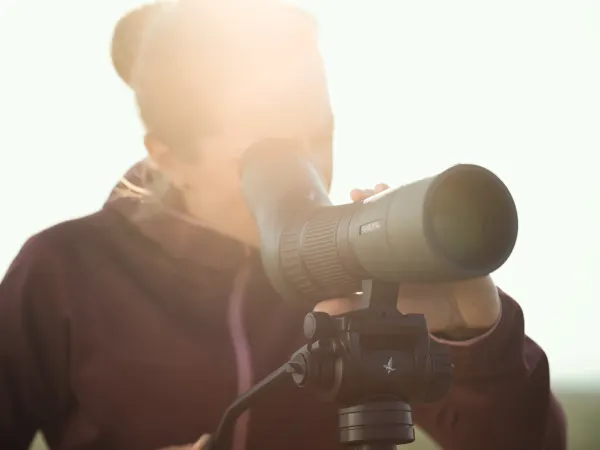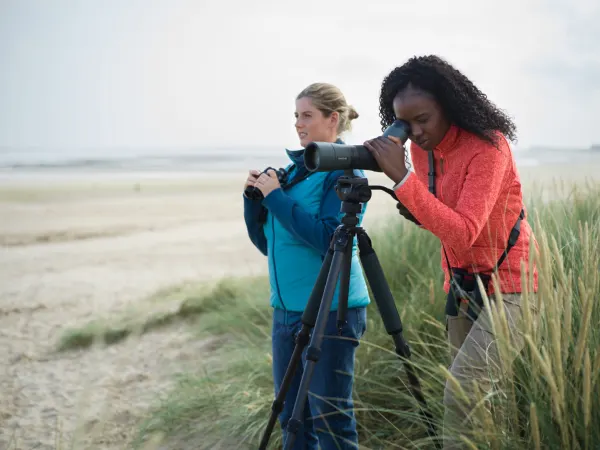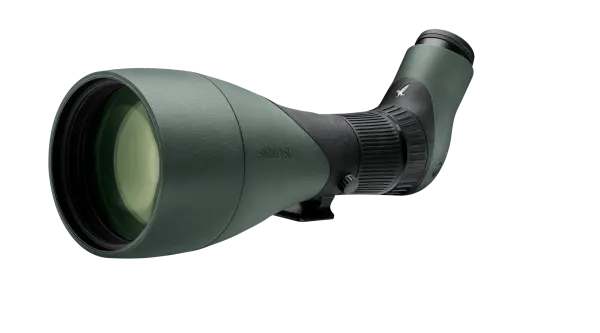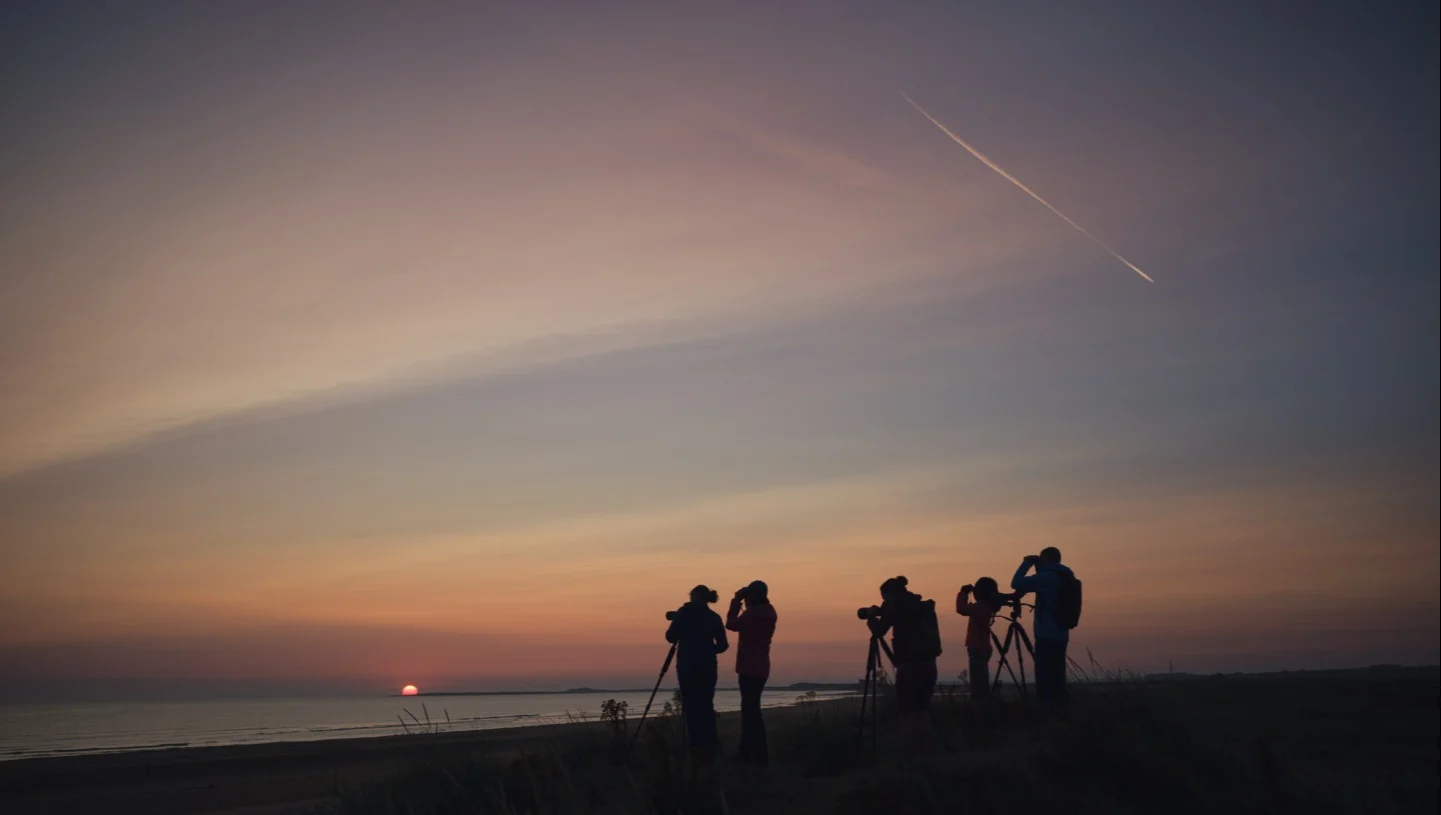
1.
START SMALL
When you’re trying to pick out a bird or animal, set the spotting scope to a small magnification. This makes the field of view – and hence the image that you see – much bigger. Once you have homed in on your target, you can zoom in and check out all the small details. Adjust the focus for maximum sharpness.








